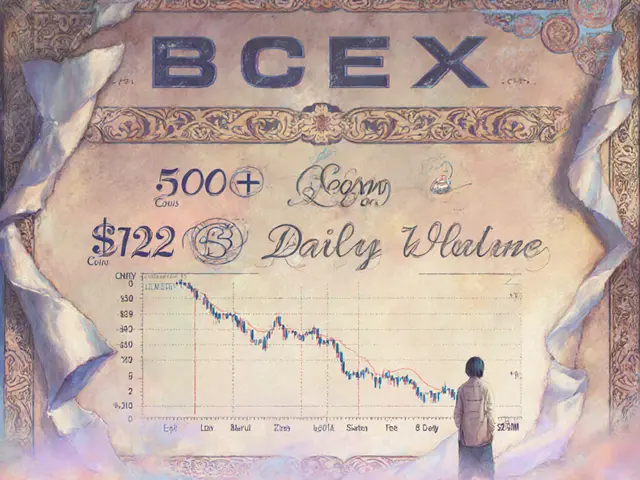Honeypot Token – What It Is and How to Avoid the Scam
When dealing with honeypot token, a type of malicious cryptocurrency that lets you buy but blocks selling. Also known as scam token, it exploits the confidence users have in decentralized finance platforms. A honeypot token encompasses a deceptive smart contract that appears legit, yet contains hidden code preventing token transfers out of the pool. This trick turns a seemingly cheap buy into a dead end, and the loss shows up only after you try to cash out. Detecting it early saves you from the classic rug pull where developers vanish with the liquidity.
Key Components Behind a Honeypot Token
Understanding the anatomy of a honeypot helps you spot red flags. First, the smart contract, the programmable code that governs token behavior often includes functions like transfer or swap that seem normal but contain conditions blocking outgoing transfers for non‑whitelisted addresses. Second, a liquidity lock, a mechanism that freezes the token’s liquidity on a DEX can be faked or set to a short period, giving the impression of safety while the creator retains control. Third, the absence of a reputable token audit, an independent review of the contract’s code is a major warning sign. A thorough audit highlights functions that could lock sales or redirect funds, acting as a shield against the honeypot’s hidden traps. Together, these elements create a web where buying looks easy but selling becomes impossible, a classic scenario that rug pulls rely on.
So, how do you protect yourself? Start by checking if a token’s contract address is verified on block explorers and whether a reputable security firm has published an audit report. Look for transparent liquidity lock details on sites like Uniswap Info or PancakeSwap Analytics – a genuine lock will show the amount, lock duration, and the owner’s address. Use tools that simulate transactions; they can reveal if a transfer call reverts for ordinary users. Remember, a honeypot token often mimics legit projects, so treating every new launch with a healthy dose of skepticism is key. By applying these checks, you turn the risky landscape of DeFi into a more manageable playground where you can trade confidently. Below, you’ll find a curated list of articles that dive deeper into real‑world examples, step‑by‑step detection guides, and the latest tools to keep your crypto safe.

PEPE TRUMP is a meme crypto that mixes a cartoon frog and Donald Trump, runs on Ethereum, and is flagged as a honeypot. Learn its price, risks, and why you should stay away.
Jonathan Jennings Oct 22, 2025




